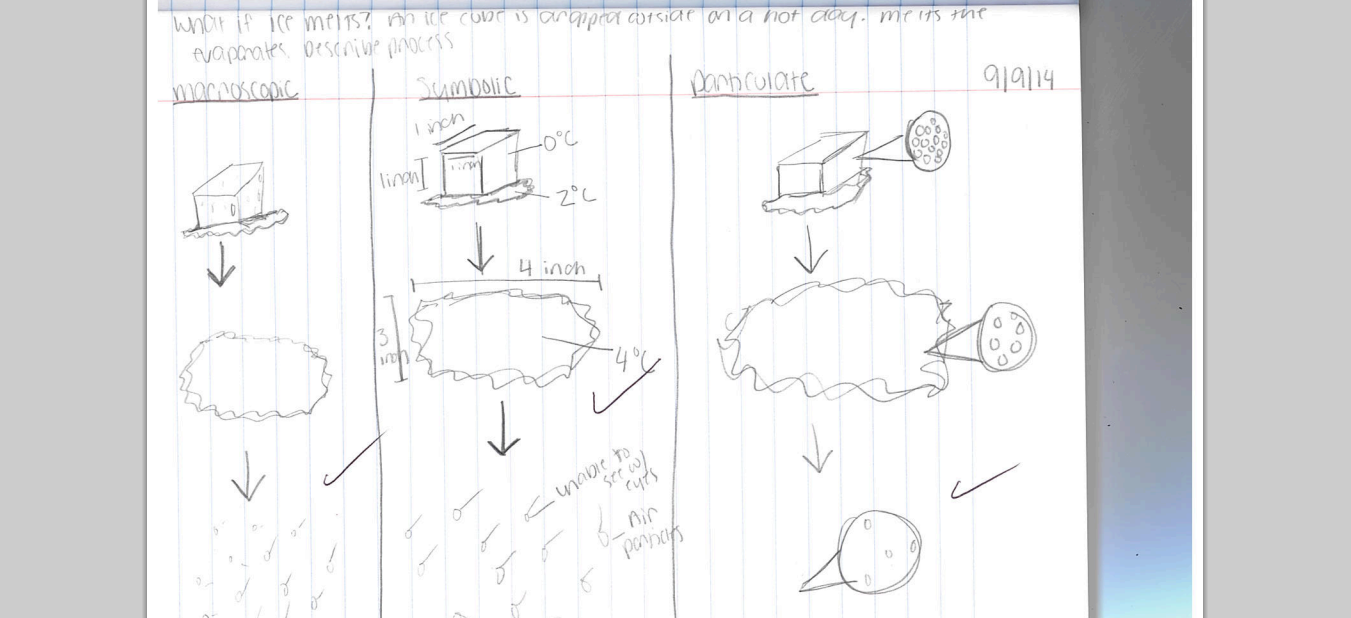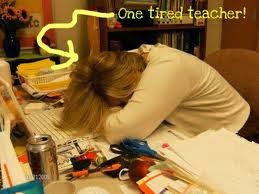WHAT AM I DOING TO HELP KIDS ACHIEVE?
HOW DO I KNOW WHEN THEY ARE THERE?
WHAT IS THE EVIDENCE?
"The Credible Hulk... Make sure to show me good evidence and reasoning to support your claims or I am going to get really mad!!!"
If there are any lawyers reading this who work for Marvel Comics, please lighten up and don't sue me. I am just a guy trying to get kids to learn. Also, I stole this idea from my personal hero, Neil Degrass Tyson. Yell at him...
So here is the plan. Assessment is hard, especially good assessment. My hope is to create a rubric that only looks at one particular part of inquiry labs. It will look at the conclusion. Basically, kids will work in groups, do the lab and then as individuals, write a conclusion. In the spirit of a true educator, I will use an acronym (I did not come up with this on my own...I got a form of this from Meri Johnson). Here is the way students will be required to write conclusions.
CERR
C - Claim. Basically, answer the question that was stated at the beginning of the lab. Answer the problem.
E - Evidence. There are two parts here. First, provide background information that would support your claim. Second, provide clear data. Don't tell me "see the data table". State and provide of examples of the data.
R - Reasoning - Explain how the background information and data supports the claim. I wil also ask students to include "depth of knowledge" when they explain the reasoning.
R - Rebuttal - Is there any way that the data or evidence is problematic? Is there a chance it could not support the claim?
My plan is to develop a really good rubric. First, I will make up a conclusion and have the students use the rubric to grade the conclusion for homework. Then they will trade their rubric with someone elses and figure out if they did not have the same grade, why not? Hopefully, this will help them to better understand the rubric that they will use.
They will then use the rubric to write their first lab conclusion. I will grade it using the rubric. I will then use the same rubric for the next 3 to 4 inquiry labs. Each time I will use a different color pen on the same rubric. My hope is that the students will be able to see their improvement over time. Also, at a quick glance, I will be able to see how students are changing (or not changing) over time and make changes to my own teaching.
Why conclusions? Students will have to use reasonable arguments and data to support their claims for the rest of their life and in other classes and tests as well. Also, I think this is "doable". The data should be easy to see and visual.
I'll get back to you when I have the rubric. Hopefully I won't start turning green....
.jpg)









